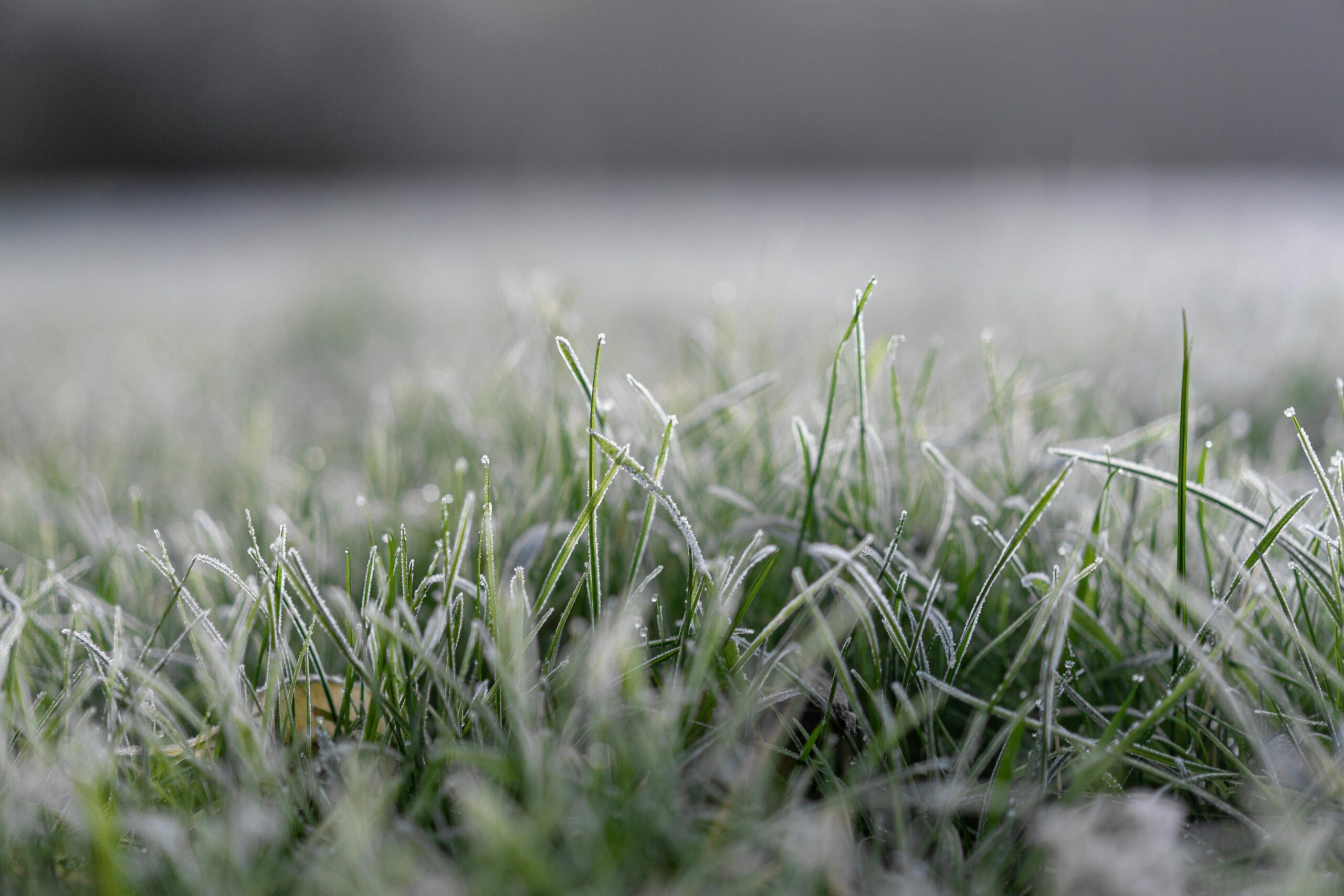As temperatures drop and leaves begin to change color, it’s time to prepare your outdoor spaces for the cold months ahead. Properly winterizing your lawn and garden not only protects your plants and infrastructure from harsh weather but also sets you up for a successful spring. The following guide outlines essential fall yard cleanup tips and tasks including final mowing, leaf management, protecting sensitive plants, and winterizing your sprinkler system. By completing these preparations before winter arrives, you’ll minimize damage and maintenance issues while ensuring your landscape rebounds beautifully when warmer weather returns.
Timing Your Winter Preparation
Knowing when to begin your winterize lawn garden checklist is crucial for success. Generally, you should start preparing when nighttime temperatures consistently drop into the low 40s but before the first hard freeze. This typically falls between late September and early November, depending on your climate zone. Working too early might cut short your growing season unnecessarily, while waiting too long could leave your landscape vulnerable to sudden cold snaps. If you’re uncertain about timing in your specific region, AskHomey can connect you with local gardening experts who understand your area’s specific climate patterns and can provide personalized guidance.
Final Lawn Care Before Winter
The last mowing of the season deserves special attention when you prepare garden winter tasks. Set your mower to a slightly lower height than your summer cutting—about 2 to 2.5 inches for most grass types. This shorter height helps prevent matting under snow and reduces the risk of fungal diseases. However, avoid cutting too short, as this can stress the grass and expose roots to freezing temperatures. Apply a winter fertilizer with higher potassium content to strengthen roots and prepare them for dormancy. This is also the ideal time to address any bare patches with overseeding, allowing seeds to establish before cold weather arrives. Aeration before winter can significantly improve soil health by reducing compaction and allowing nutrients, water, and oxygen to reach root systems more effectively.
Leaf Management Strategies
When it comes to fall yard cleanup tips, proper leaf management ranks high in importance. Contrary to popular belief, leaving a thick layer of leaves on your lawn can suffocate grass and harbor diseases and pests. However, completely removing all organic matter isn’t ideal either. Consider a balanced approach by mulching thin layers of leaves directly into your lawn using your mower’s mulching function, which returns valuable nutrients to the soil. For thicker accumulations, rake leaves onto garden beds where they can serve as protective mulch around perennials, shrubs, and trees. Alternatively, collect leaves to create compost for next year’s garden. Pay special attention to removing leaves from gutters, drainage areas, and around the foundation of your home to prevent water damage and pest issues during winter thaws.
Protecting Sensitive Plants
Sensitive perennials, young shrubs, and certain trees require extra attention on your winterize lawn garden checklist. For vulnerable perennials, add a 3-4 inch layer of mulch around the base after the ground freezes but before deep cold sets in. This insulates the root zone without trapping excess moisture that could lead to rot. Young trees benefit from trunk guards to prevent sunscald and animal damage. Wrap burlap around sensitive evergreens to shield them from drying winter winds and heavy snow loads. Container plants present special challenges—either bring them indoors if appropriate for the species, or cluster containers together in a sheltered location and insulate with mulch, bubble wrap, or specialized plant covers. Remember that winter protection doesn’t mean keeping plants warm, but rather preventing rapid temperature fluctuations and desiccation from harsh conditions.
Winterizing Your Sprinkler System
Perhaps the most technically demanding task when you prepare garden winter is properly winterizing your sprinkler system. Failing to remove water from irrigation lines can result in expensive pipe bursts and irrigation component damage. Begin by shutting off the main water supply to your irrigation system. Next, drain all water using the system’s drain valves or a manual drainage method if these aren’t available. For complete protection, use an air compressor to blow out remaining water from pipes, valves, and sprinkler heads. Work systematically through each zone, maintaining air pressure between 40-80 PSI depending on your system specifications. Once thoroughly drained, leave valves in a half-open position during winter to prevent pressure buildup. Finally, insulate above-ground components including backflow preventers and exposed pipes with foam insulation or heat tape for additional protection against extreme cold.
Tool Maintenance and Storage
Before completing your fall yard cleanup tips checklist, properly clean, sharpen, and store all garden tools. Remove soil from tools using a wire brush, then disinfect them with a diluted bleach solution to prevent disease transmission next season. Apply a light coat of oil to metal parts to prevent rust, and linseed oil to wooden handles to prevent cracking and splitting. Store tools in a dry location. For power equipment like mowers and trimmers, run them until fuel is depleted or add a fuel stabilizer if you plan to leave gas in the tank. Change oil, replace spark plugs, and remove batteries from equipment that won’t be used for several months. Taking these additional steps ensures your tools and equipment will be ready for immediate use when spring arrives.
For more tips and to connect with reliable home service professionals, follow AskHomey on Facebook and Instagram.



